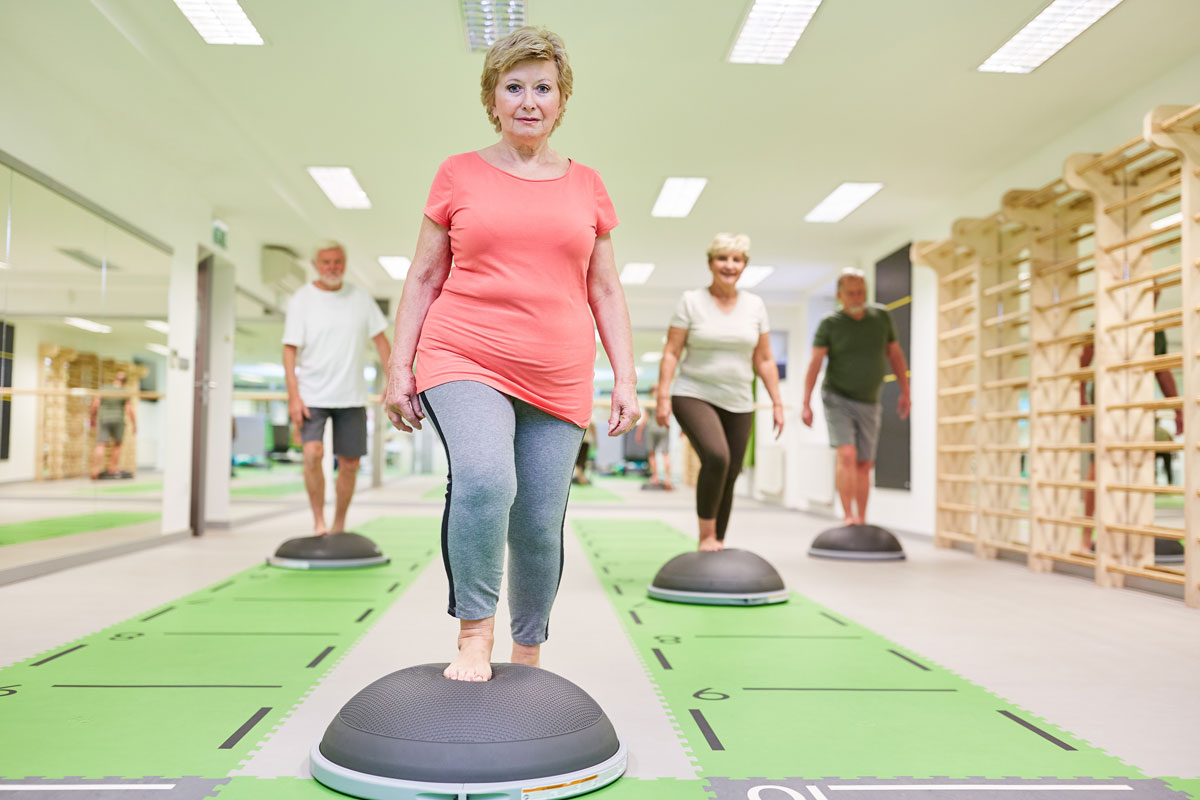LOWER BACK PAIN
How Do I Reduce My Low Back Pain?
More commonly, low back pain results from repetitive or sustained activities of the spine that leads to the buildup of stresses. These stresses cause micro trauma to the muscles, ligaments, discs, or joints of the low back. For example, the motion that leads to a disc injury, more commonly known as a “slipped disc,” is a combination of bending forward with a rotation, like bending to tie your shoe or doing rotational crunches.
While it is unlikely that bending with twisting motions a few times will cause injury to a healthy spine, in contrast, this movement done repeatedly on an unhealthy spine can cause injury or strain. This is generally the case when a person says “I just bent down to pick up a piece of paper and I hurt my back.”
Common symptoms: pain in the low back, pain in the leg or bottom areas, stiffness in the low back, leg weakness, sensation changes (this can be a sign for urgent medical care), ache, decreased range of motion, difficulty walking, standing, or sitting.

How Can Dedicated Therapy Help Me with Back Pain?
The overall goal is to improve your movement patterns and return you to regular activities by addressing pain, restoring range of motion, giving you education on activity/posture modification, improve your core and lower body strengthening and whole-body endurance.
It’s important for you to get the help of your physical therapy professional to determine the likely cause of pain which helps you to gain a level of understanding of the condition and enables treatment to be more effective.
Other common causes of low back pain:
Easy as 1 - 2 - 3
Get Started
Free Virtual Consultation
During this 30-minute virtual session we explore your challenges and share how we can help. Then, we will give you a demonstration on how virtual therapy works by doing a few exercises. For a balance therapy consultation, our time will focus on determining if you’re a good candidate for the program.
1
Evaluation
During your evaluation, we help you set goals according to what’s meaningful for you and draft your tailored plan of care.
2
We Work Your Plan Together
During your sessions, we will teach you how to be actively involved in your treatment process. As we work together, you will learn what you can do when symptoms arise so you can spend less time in therapy and more time living your life!
